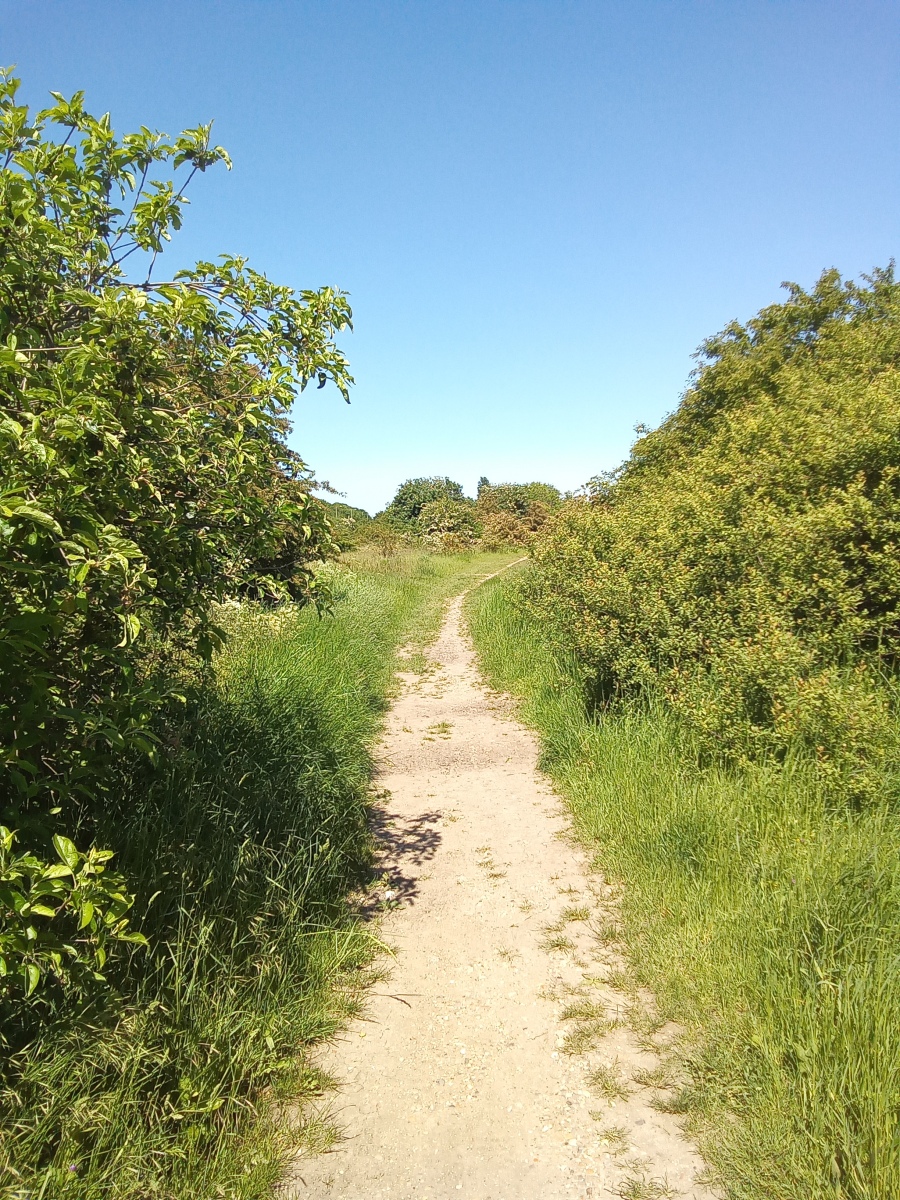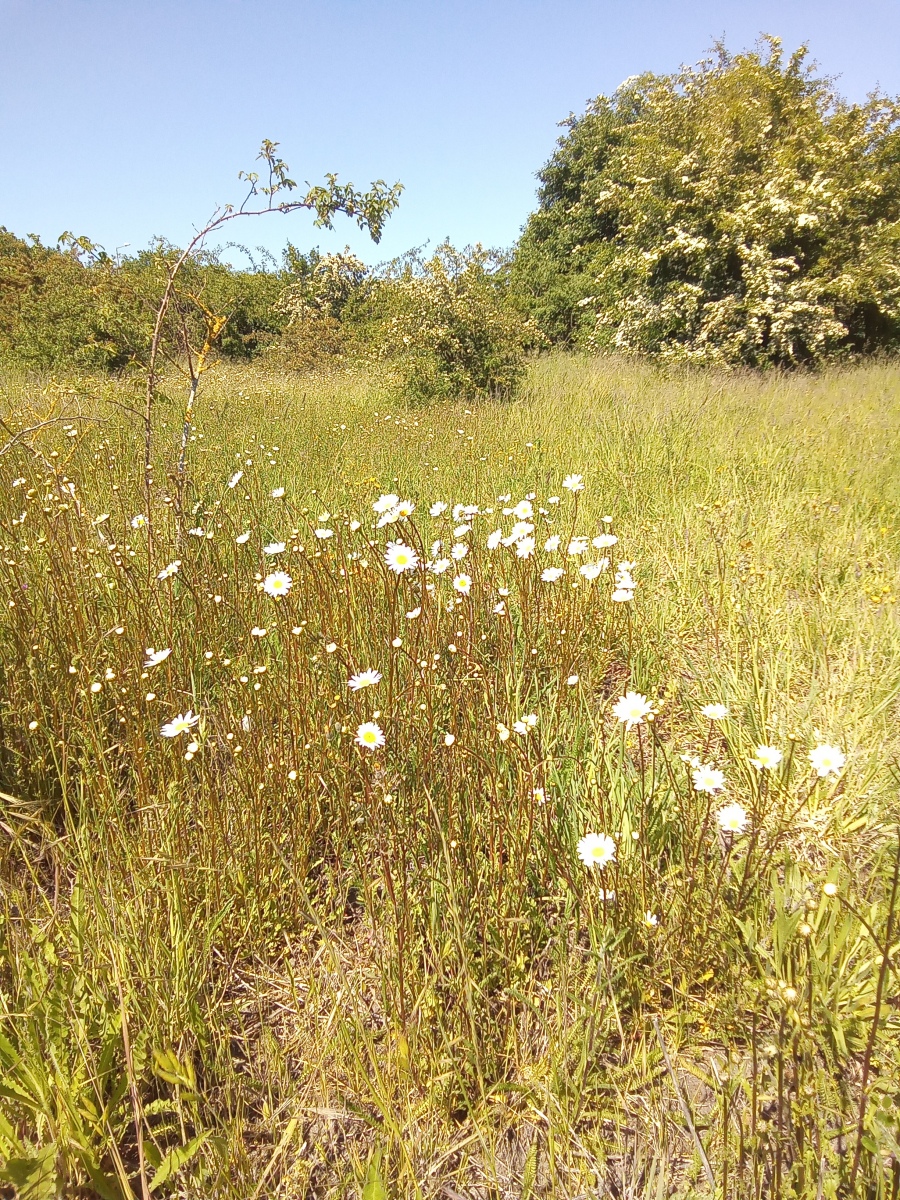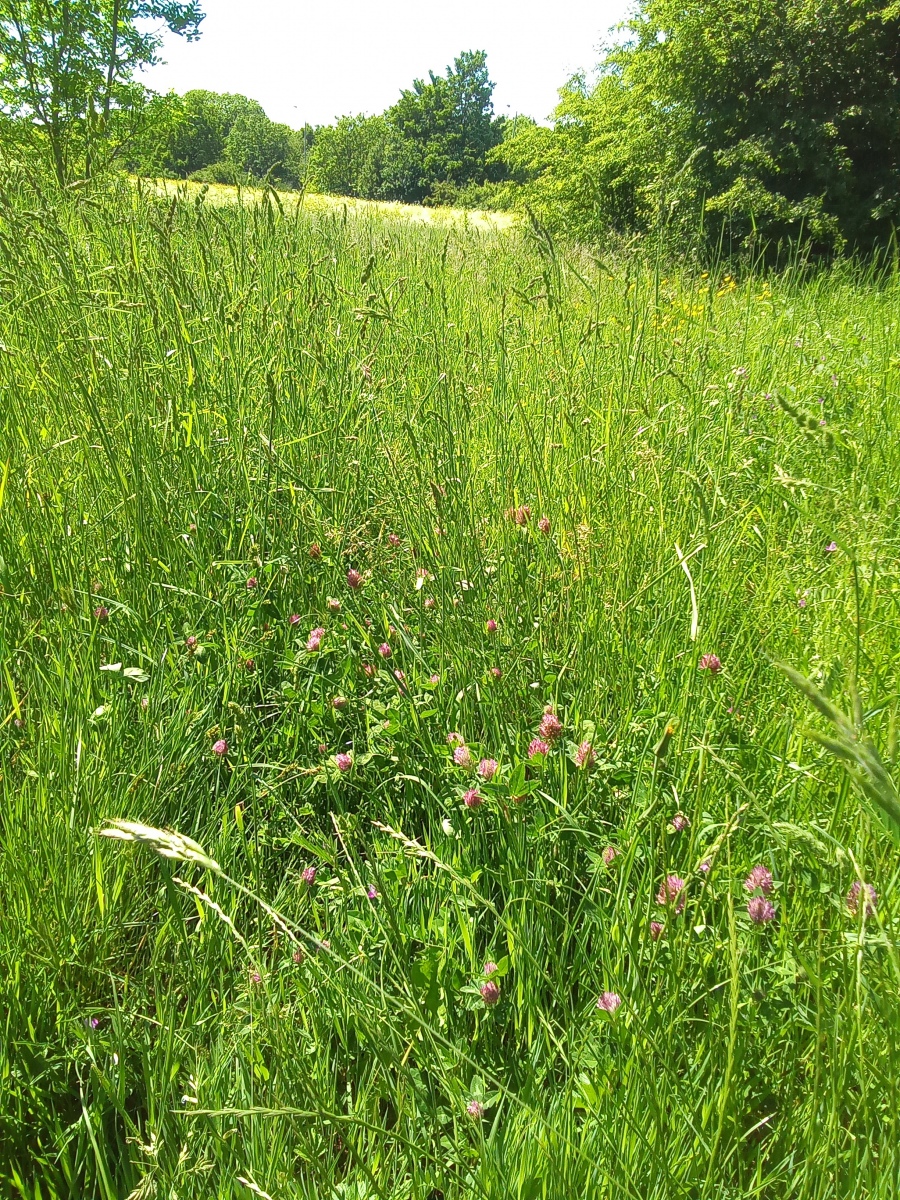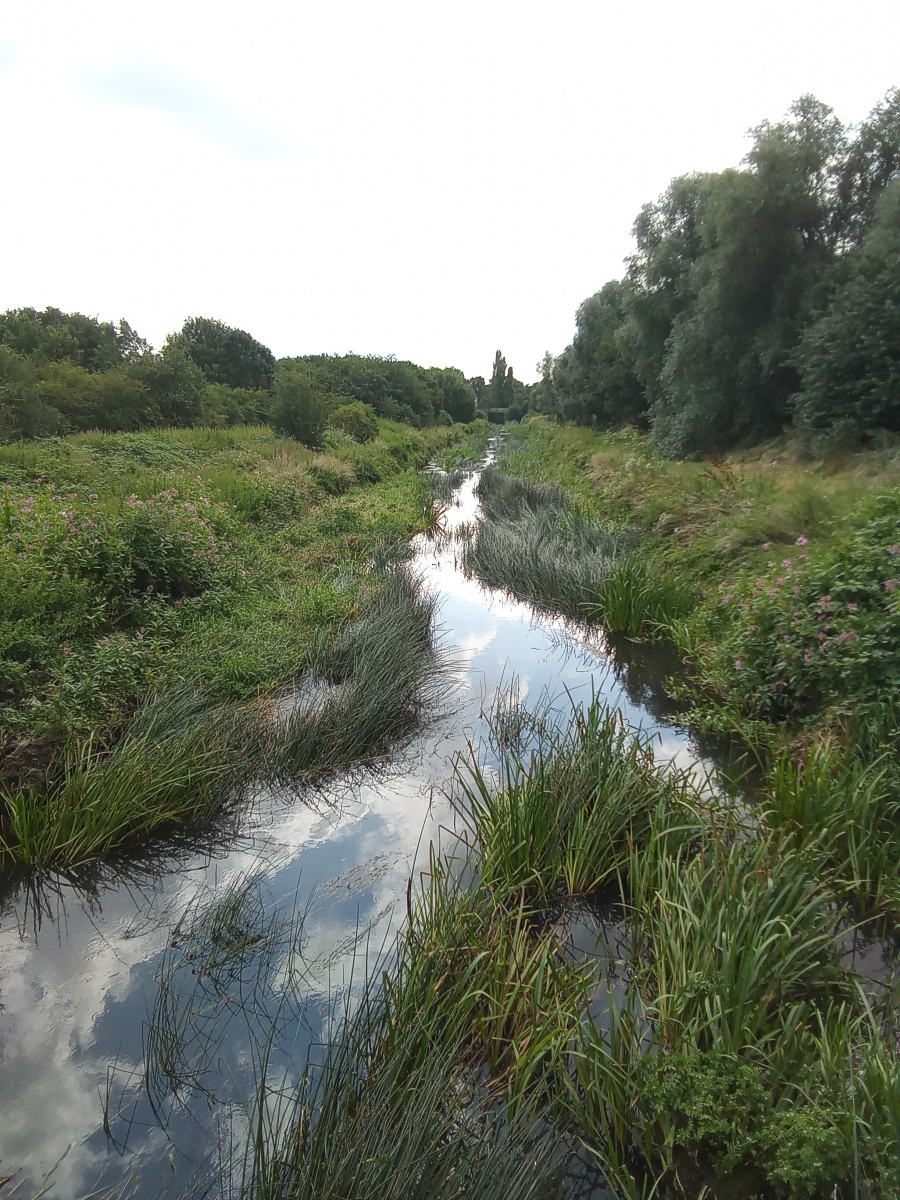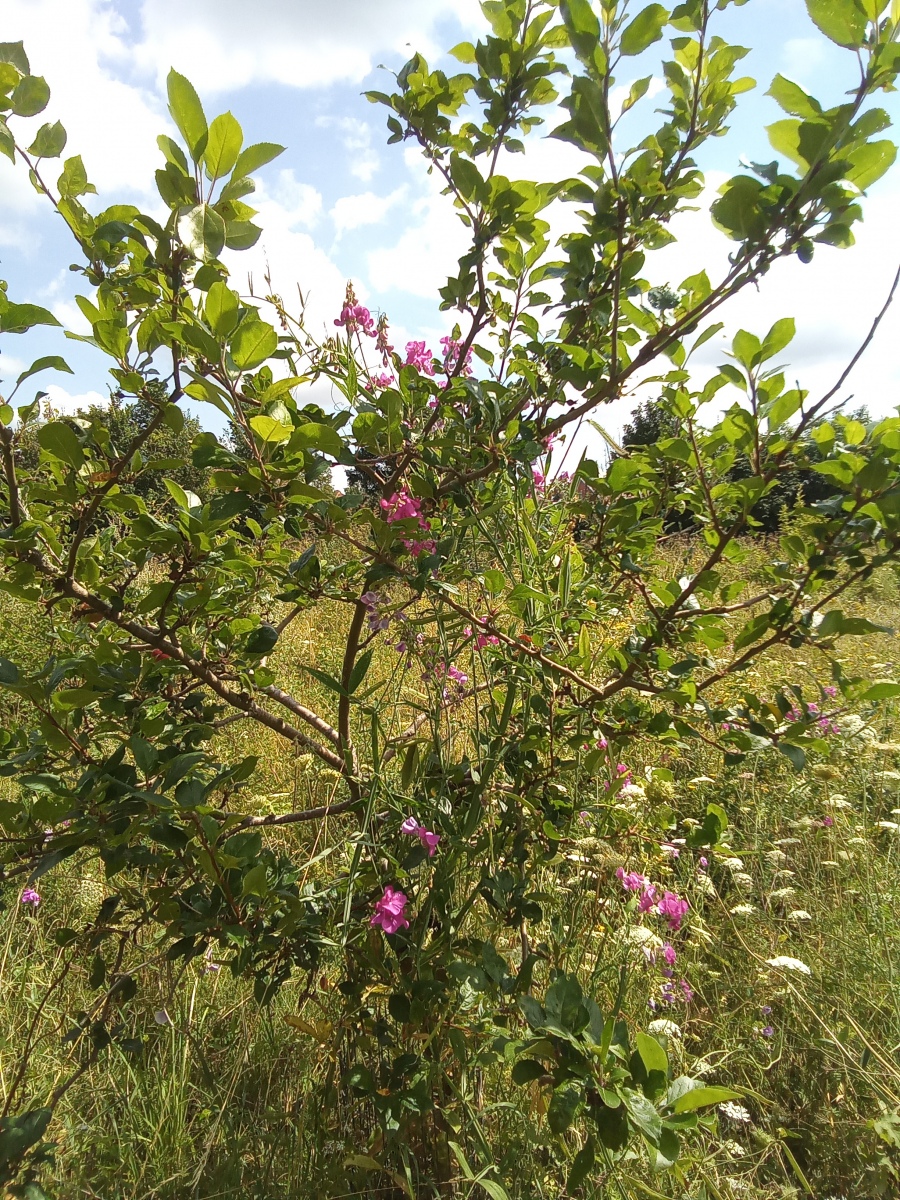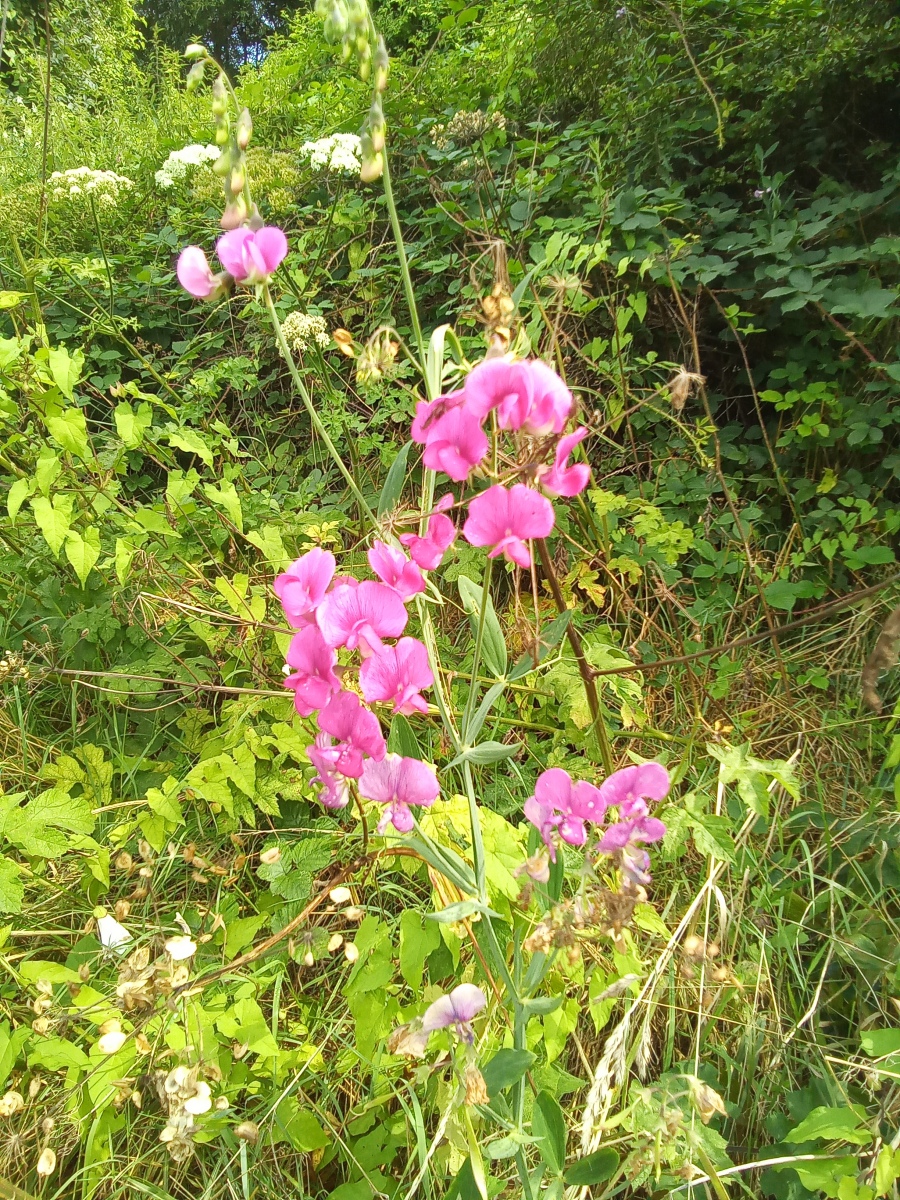Roding Valley Park
The Roding valley park is managed by Vision Redbridge. Although now surrounded by fast flowing traffic and modern infrastructure, at one time much of this land was within the Royal forest of Essex and subject to forest law. The river Roding runs through an ancient landscape peppered with areas of archeological priority and the Redbridge section is no exception.
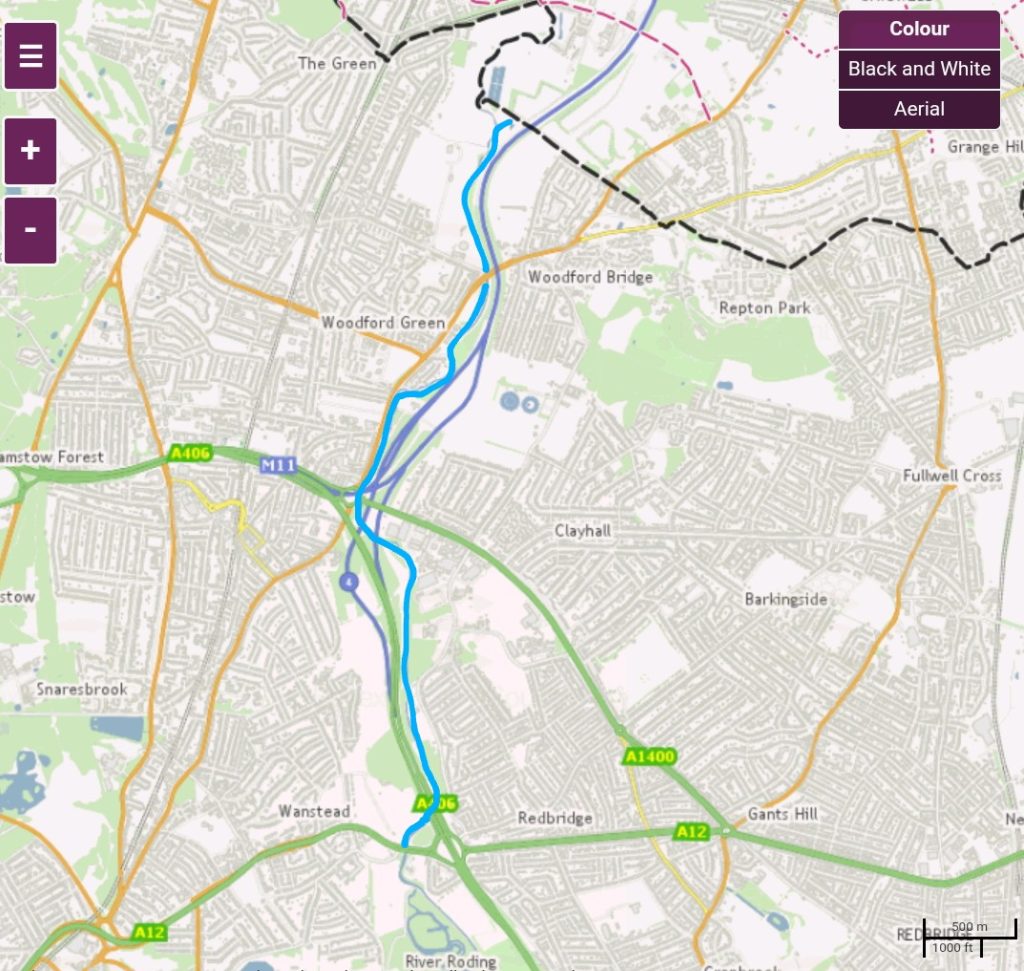
Ordnance survey map credit to Essex County Council
During the construction of the junction of the North Circular Road and the M11 motorway, animal bones and an undisturbed prehistoric tool making site believed to date from the Palaeolithic period were discovered beside the river Roding just to the west of where it passes below Charlie Brown’s roundabout. These sites are rare and offer a fascinating insight into the lives of long extinct human species. This tool making site comes from a time when Neanderthal man and their predecessors hunted and gathered along the river valley here on and off over many thousands of years, in what was an area of rich woodland river valley which offered many attractive natural resources. A large number of hand tools and axes in pristine condition were recovered here in such significant numbers that it is expected many more similar artifacts are highly likely to remain below the Raven Road trading estate and surrounding residential streets close to this junction of the motorway. Further downstream at Ilford was a large Iron age hill fort built beside the river Roding and a Roman villa existed close to the river at what is now Wanstead park.
Today my main area of interest is from Wanstead heading north up to the Essex border at Buckhurst Hill which contains a mixture of rough grassland, scrubland and wooded areas as well as wet meadow. Starting close to the Redbridge roundabout beside the A12 at Wanstead, I head north along what is possibly one of the most heavily populated butterfly habitats along this stretch of the river. The sheer diversity of these beautiful insects here on a warm summer day is simply breathtaking. Without a camera and notepad it is quite literally impossible to count the different species inhabiting this location as there are so many. Some distance to the north at the Roding Valley Meadows approximately half of all UK butterfly species and many other migratory types can be found, and this unsuspecting location to the south of Charlie Brown’s roundabout is most certainly a strong contender as a rival. Over the years some small community orchards have been established along this section of the river adding further to the diversity here, fallen fruit being equally as important as the seed bearing plants for wildlife. Most notable is the abundance of smaller bird species attracted to the fruiting trees and generously seeding wildflowers along this green corridor which forms an important migration route. It is not out of the ordinary for some very unusual bird species to make an appearance along here if you look closely in spring and autumn. There are also some fantastic reptile habitats here evidenced by the occasional visual contact with resident Grass Snakes and Slow Worms and at certain times in early summer the frequent overhead battles between Emperor Dragonflies and Darters make for spectacular viewing.
Leaving this section of the river I cross the road at Charlie Brown’s roundabout onto a shorter riverside path leading to the Chigwell Road recycling center and follow the road past the entrance bearing right beneath the northbound M11 slip road where the parkland now opens up into a large area of scrubland immediately east of the recycling center, penned between the entry and exit slip roads of the M11. Here I head north through the middle of the scrubland. This former landfill really is a hidden oasis for flora and fauna and is remarkably diverse in species. Wide areas of open wildflower grassland are heavily dotted with Hawthorne, Bramble, Sloe bushes and numerous Crab Apple and Wild Plum trees. Surprisingly there is also a large nectar rich plantation of Comfrey no doubt escaped from gardens which is alive with Bees. Once again this inescapably noisy area trapped below the motorway proves to be surprisingly diverse in the volume of wildflowers and insects it supports. Studying just a single square metre of ground in these grasslands reveals plant species both large and small in double figures which meets the criteria for being classed as species rich, and the associated insect activity is incredible. There is good evidence of substantial Badger activity on these grasslands, a number of which sadly stray onto the slip roads and do not survive, but it is surely testament to the ecological richness of this location that it is able to support such secretive apex predators among the many other life forms found coexisting here together. Continuing north I find myself below the elevated southbound exit slip road of the M11 which I follow north before turning left to follow the footpath through a pedestrian underpass back below the northbound slip road and back onto the riverside path once again.
Here I continue north along the river until exiting onto Chigwell Road. It is at this point along the river that the village of Woodford first sprang up alongside what was at one time a Ford in a wooded area along the river Roding (Wood-Ford). To the west another hamlet existed around what is now Woodford Green High Road and as trade and business grew between the two hamlets a bridge was built over the Ford to make access between the two easier (Wood-ford Bridge). Crossing Chigwell road I rejoin the riverside path continuing north alongside the motorway. To the west across the river is Ray Lodge park, once Ray Lodge Manor past the grounds of which this part of the river once flowed. In spite of the ever present noise of traffic this section of the river has an almost tranquil feel to it and once again reveals an incredible wealth of plant and insect life, both in and around the river. A number of mature trees screen the river from the motorway as I continue north past the footbridge leading to the rear of Ray Lodge park, and extensive banks of large bramble line the path along the river until it opens into the recently created wetland enhancement area. This once ecologically poor location along the riverside is now notably a lot richer. A scrape has been created which was planted with dense reeds and bullrushes. This floods in winter and then retains water year round forming perfect habitat for migratory winter bird species such as Snipe.
The path continues north alongside the river here past the old filter beds and then narrows significantly along the rear of the new Park View estate at the bottom of Luxborough Lane. Strangely there is an almost remote and countrified feeling as you continue north below a number of mature Poplar and willow trees along what seems a wider section of the river. On the other side the goal posts at Bancrofts rugby club are just visible behind the opposite banks which are more open and grassy as they slope down gently and give clearer views of the flowing water. The river here teems with insect life and is no less diverse below the surface. Among the usual expected fresh water fish species it’s also possible to find juvenile Flounder which swim upstream from the Thames estuary and remain here until they are large enough to fend for themselves. Little Egrets, once an oddity now seem more regular visitors along the river here as they fish in the shallows. Much of the area bordering the east of the river here once formed the manor of Luxborough and Luxborough lane itself was at one time a track linking Chigwell with Buckhurst Hill, perhaps explaining the small footbridge we are familiar with today below the railway arches. It is here that I eventually exit the river at the border with the Epping Forest District.
This entire walk from one end of the Roding valley park to the other is around three miles. Some of the habitats and environments along this route really are quite surprising considering how close to urban north east London it is. Although traffic noise is never far away, an amazing abundance of plant and animal life exists along this natural wildlife corridor giving many pleasant surprises along the way. From the towering stands of Himalayan Balsam at Wanstead to the tiniest of meadow wildflowers at Woodford, there are countless habitats along the course of the river Roding here which make this location vitally important to the local ecology. There are a number of access points to the park with several small footbridges allowing you to explore both sides of the river. In South Woodford it is possible to access the Roding Valley park along the public footpath beside number 73 Onslow Gardens and via the access road to the Chigwell Road recycling center. Further access points are beside Broadmead Baptist Church on Chigwell Road and beside the M11 flyover at Woodford Bridge. East of the river there are access points on Roding Lane South and at Lechmere Avenue, as well as Uplands Road in Woodford Bridge. In Wanstead entrances can be found at the end of Elmcroft Avenue behind Wanstead Hospital and on the A12 Eastern Avenue just west of the Redbridge roundabout.
Charlie brown's roundabout Park Roding valley Wanstead Woodford Woodford bridge


